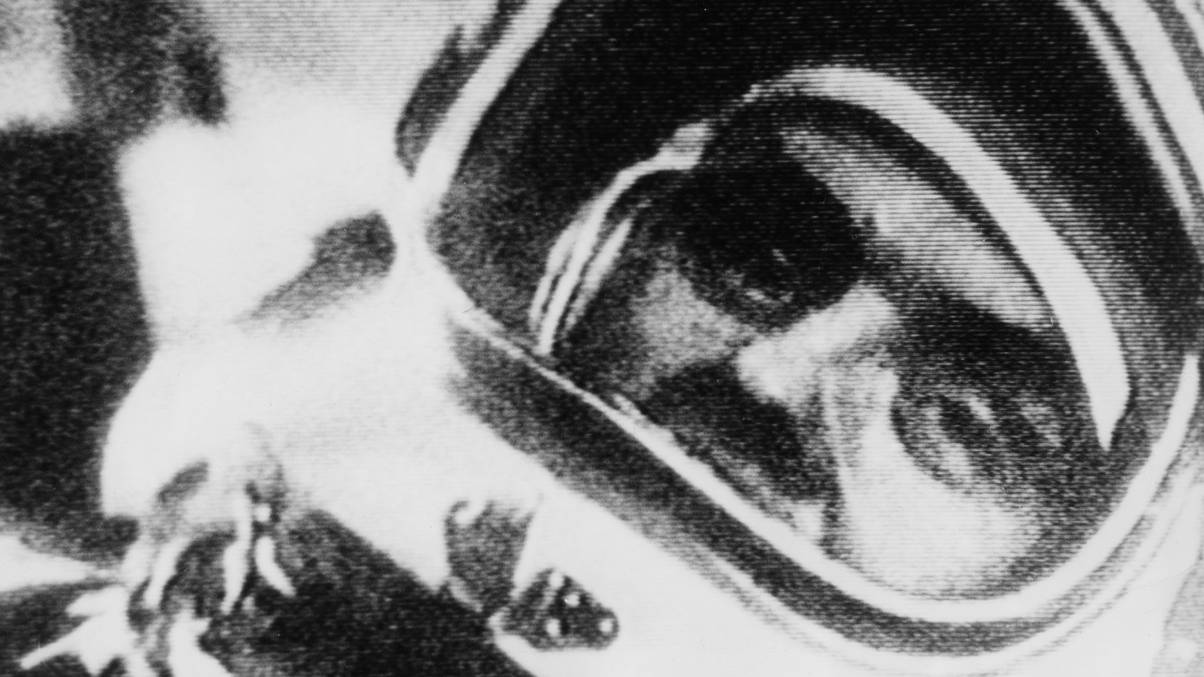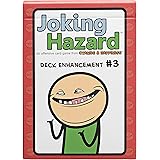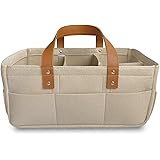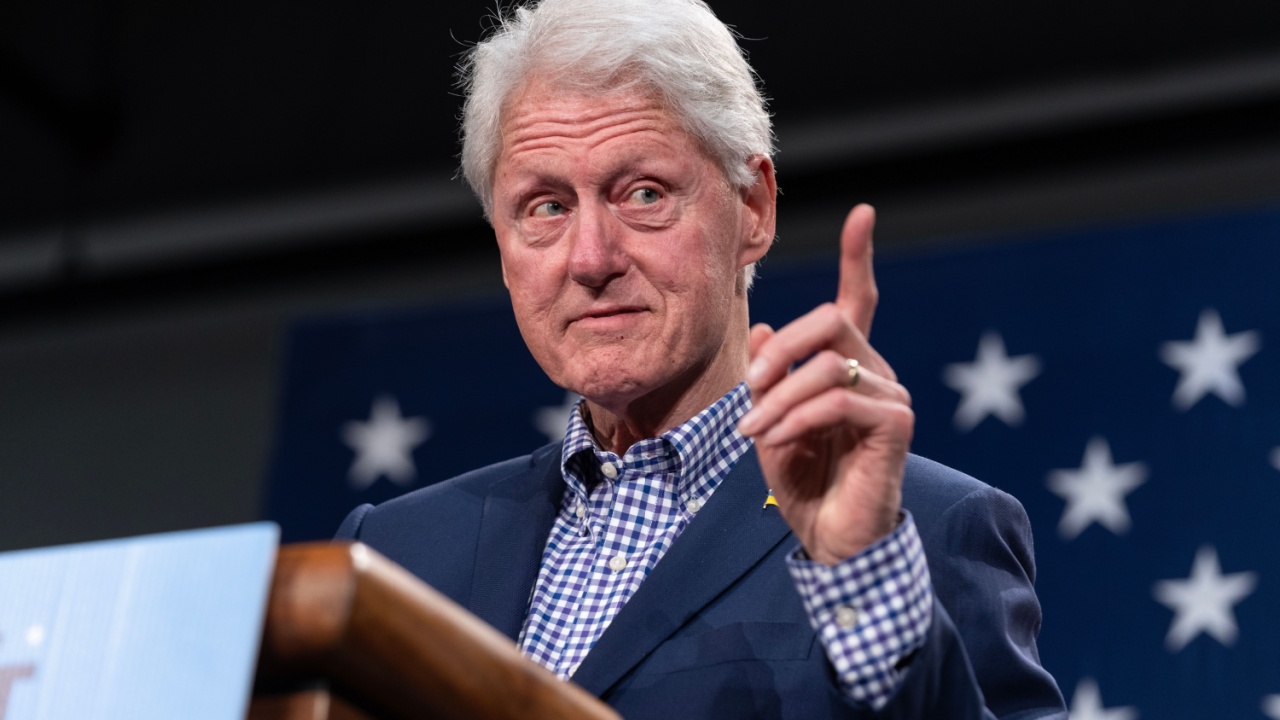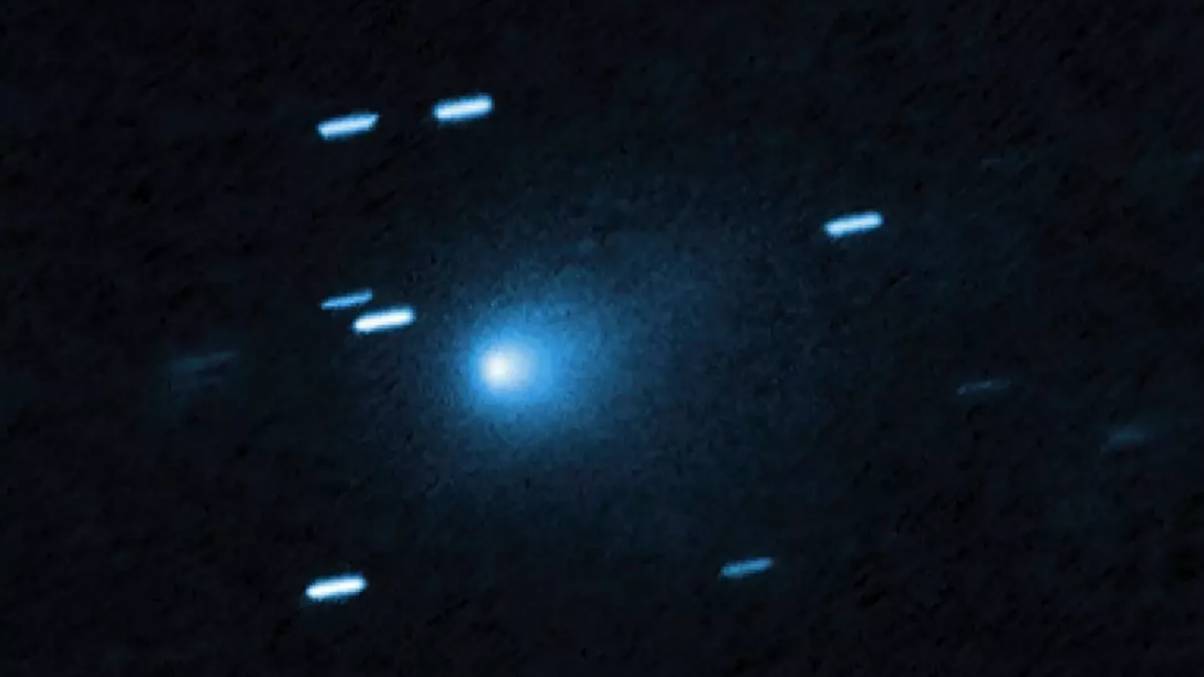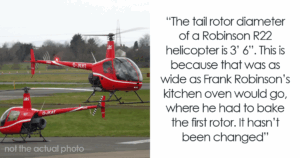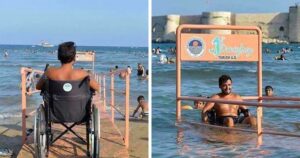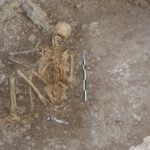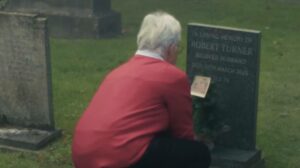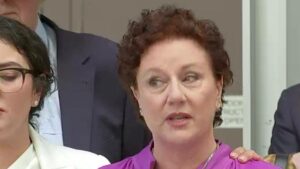The haunting final words of the Soviet cosmonaut whose fall from space shocked the world.
Vladimir Komarov set out to make history with Soyuz 1 in 1967, never suspecting that this mission would mark his final chapter. Imagine having already beaten the odds by flying to space and back, only to be handed the keys to a spacecraft with known design hiccups—yeah, that’s a brain teaser if I ever heard one. His backup, none other than Yuri Gagarin—the first man in space—was waving red flags left and right about the risks. Yet, Komarov strapped in, knowing full well the dice he was rolling. What drives a man to face such cosmic gamble? With ambition, bravery, or maybe a touch of stubbornness? Komarov’s story isn’t just about space travel; it’s about the fine line between heroism and tragedy, and how sometimes, the stars don’t align quite right. Curious to dive deeper into this bittersweet tale? LEARN MORE
Vladimir Komarov wasn’t to know that the Soyuz 1 mission in 1967 would be his last.
The Soviet cosmonaut had successfully made it to space and back three years earlier, and was backed again to head up there on a solo mission.
However, his backup pilot and the first man in space Yuri Gagarin was said to have raised a number of concerns about the spacecraft beforehand.
Who was Vladimir Komarov?
Komarov was a Soviet test pilot and aerospace engineer born almost 100 years ago on 16 March, 1927, in Moscow.
Aged just 15, he joined the Soviet Air Force and went on to graduate from the Zhukovsky Air Force Engineering Academy in 1959.
The Russian became the first person to fly into space twice, first commanding Voskhod 1 in 1964 before the ill-fated Soyuz 1 in 1967.

Vladimir Komarov was the sole cosmonaut on the Soyuz 1 mission in 1967 (Bettmann/Contributor)
What was Komarov’s mission?
The Soyuz 1 mission was supposed to demonstrate a significant milestone in space advancement during the Cold War period.
The plan involved launching Komarov on his own on the Soyuz 1, followed by the Soyuz 2 carrying additional cosmonauts.
Supposedly, the idea was for the two spacecrafts to dock and exchange crew members in orbit, as well as Komarov carrying out a spacewalk.
Gagarin, as mentioned, raised concerns of the known design flaws of the spacecraft and Komarov was apparently well aware of the risks involved.
The moment it all went wrong
Amid major concerns, Komarov proceeded with the mission and was launched into space on 23 April, 1967.
Almost right away, Soyuz 1 encountered problems after one of its solar panels failed to deploy, leading to power shortages and a malfunction of the automatic stabilisation system.
These issues forced Komarov to manually control the spacecraft while the planned launch of Soyuz 2 was canceled.
Sadly, the descent module’s parachute failed to deploy correctly and the capsule was said to have crashed into the steppe of Orenburg Oblast, in what’s now known as western Russia, at approximately 140 km/h, killing Komarov instantly.

Komarov’s final words have been disputed (Bettmann/Contributor)
Komarov’s chilling final words
There are different accounts of Komarov’s final moments, as 2011 book Starman by Jamie Doran and Piers Bizony claims he cried: “This devil ship! Nothing I lay my hands on works properly!”
But then a transcript from the Russian State Archive claims that one of the last things Komarov said was: “I feel excellent, everything’s in order. Thank you for transmitting all of that. [Separation] occurred.”
His remains were cremated, and his ashes are said to be in the Kremlin Wall Necropolis.
In his diary, aviator Nikolai Kamanin claimed the remains of Komarov’s body were an irregular lump 30 centimetres in diameter and 80 centimetres long when they were found.
Space colleague Pavel Popovich said: “He was respected for his humility and experience. He was already an engineer when he joined us, but he never looked down on the others. He was warm-hearted, purposeful and industrious.
“Volodya’s (what his peers referred to him as) prestige was so high that people came to him to discuss all questions: personal as well as questions of our work.”
